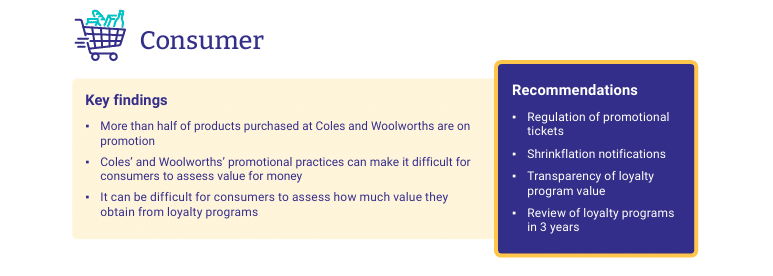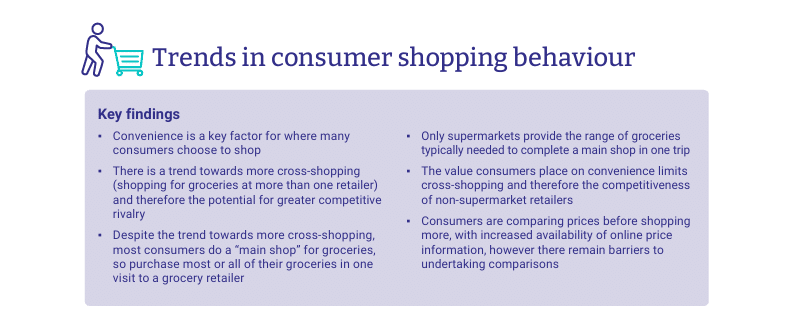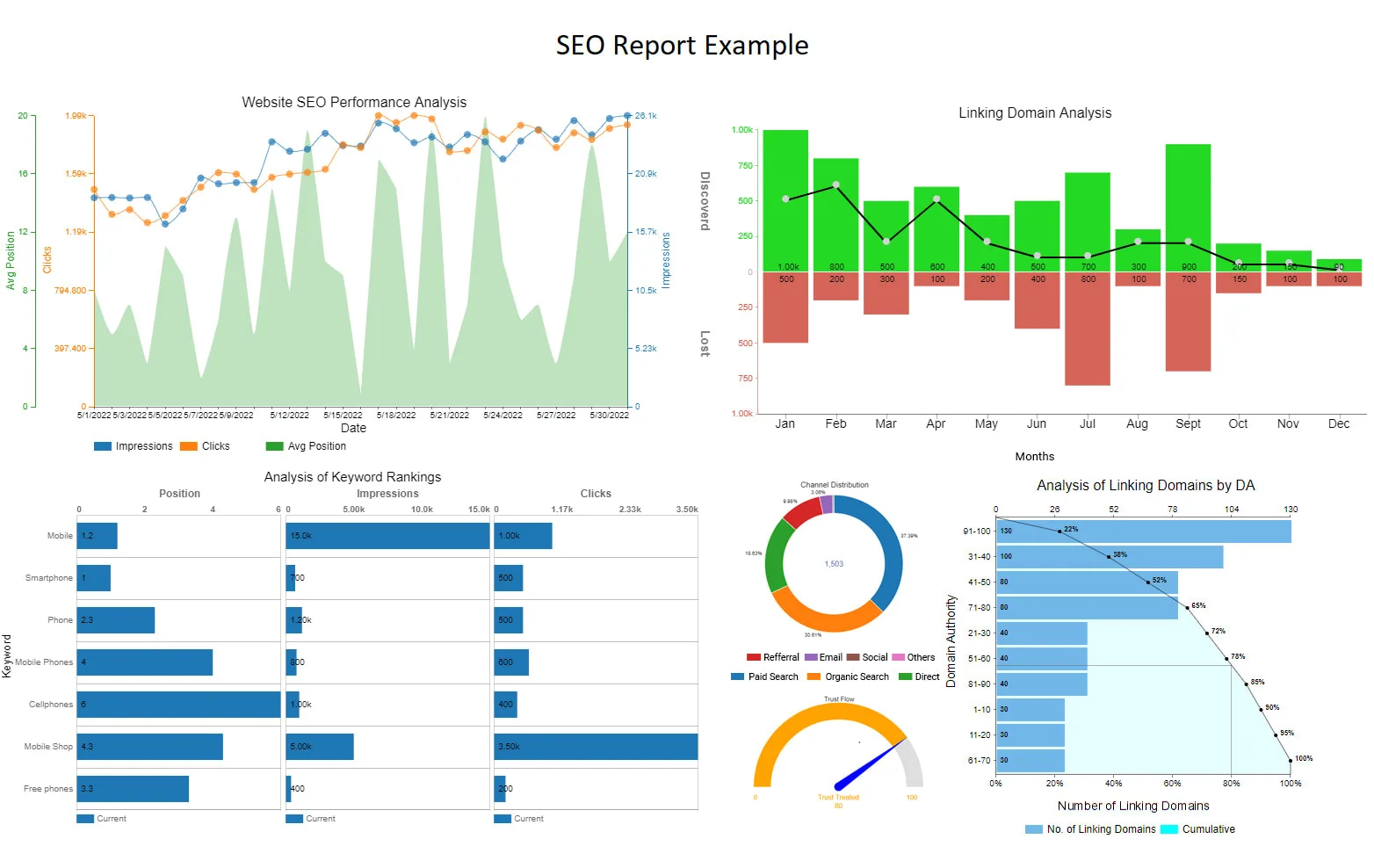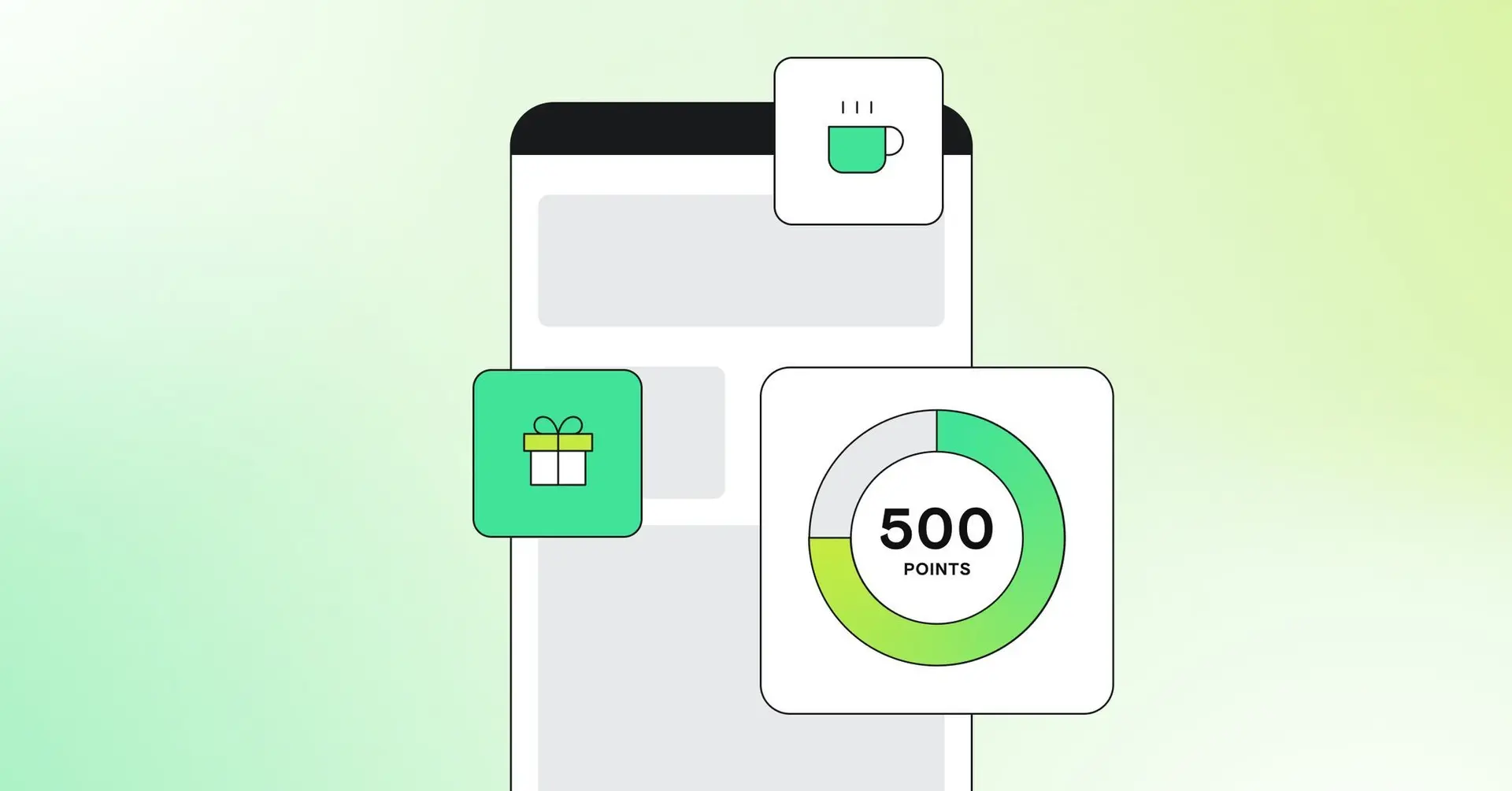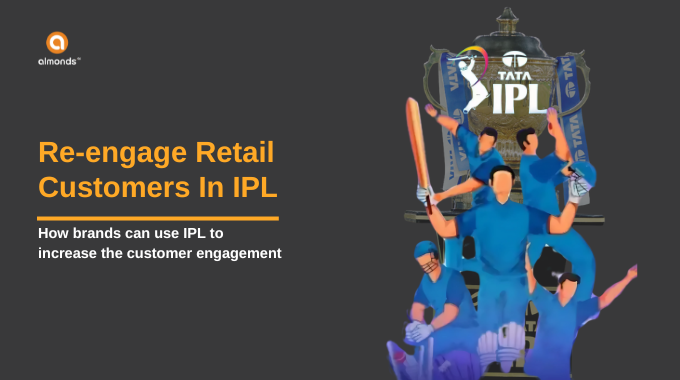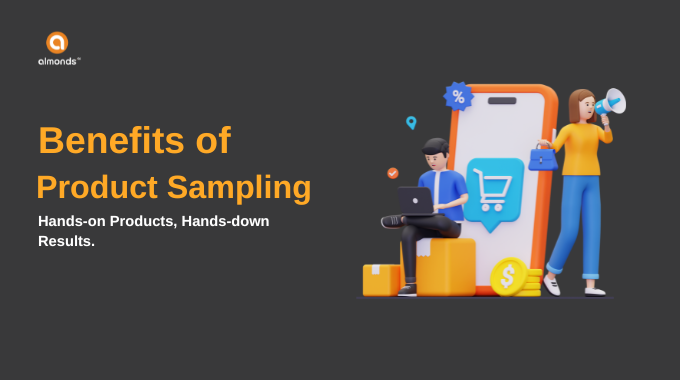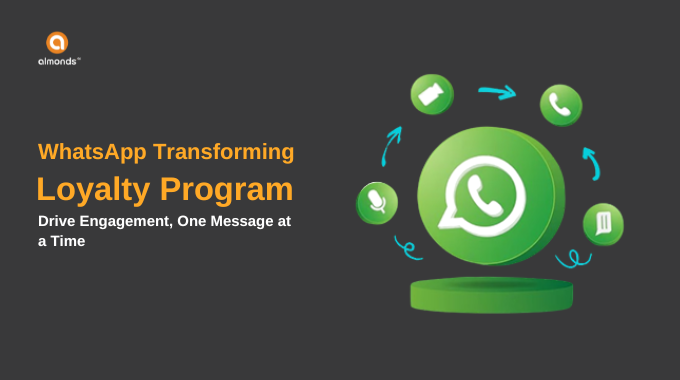Loyalty programs have become a fundamental strategy for customer retention across industries, but they’re not without their challenges. According to a recent report by the Australian Competition and Consumer Commission (ACCC), the complexity of loyalty programs in the supermarket industry has raised important concerns about transparency and the real value these programs deliver.
<?php echo "hello world" ?>
# ==========================
# Customer Segmentation & Rewards System
# ==========================
# Sample customer data
customers = [
{'name': 'John', 'purchase_frequency': 15, 'total_spent': 6000},
{'name': 'Alice', 'purchase_frequency': 5, 'total_spent': 2000}
]
# --------------------------
# Function: Segment Customers
# --------------------------
def segment_customers(customers):
"""
Segment customers based on purchase frequency and total spent.
Args:
customers (list): List of customer dictionaries.
Returns:
tuple: (frequent_buyers, high_value_buyers)
"""
frequent_buyers = [c for c in customers if c['purchase_frequency'] > 10]
high_value_buyers = [c for c in customers if c['total_spent'] > 5000]
return frequent_buyers, high_value_buyers
# --------------------------
# Function: Assign Rewards
# --------------------------
def assign_rewards(frequent_buyers, high_value_buyers):
"""
Assign rewards to different customer segments.
Args:
frequent_buyers (list): Customers with high purchase frequency.
high_value_buyers (list): Customers with high total spent.
Returns:
tuple: (frequent_buyers_with_rewards, high_value_buyers_with_rewards)
"""
rewards = {
'Frequent Buyer Discount': 5,
'VIP Access': 10
}
for buyer in frequent_buyers:
buyer['reward'] = rewards['Frequent Buyer Discount']
for buyer in high_value_buyers:
buyer['reward'] = rewards['VIP Access']
return frequent_buyers, high_value_buyers
# --------------------------
# Main Execution
# --------------------------
if __name__ == "__main__":
# Segment customers
frequent_buyers, high_value_buyers = segment_customers(customers)
# Assign rewards
frequent_buyers, high_value_buyers = assign_rewards(frequent_buyers, high_value_buyers)
# Combine all rewarded customers for display
rewarded_customers = frequent_buyers + [c for c in high_value_buyers if c not in frequent_buyers]
print("Rewarded Customers:")
for customer in rewarded_customers:
print(customer)
The findings reveal that while many consumers participate in loyalty programs, they often don’t fully understand how they work, leading to confusion and missed opportunities for true customer engagement.
In this blog, we’ll dive into key insights from the report, explore what businesses can learn, and discuss how brands, especially in India, can create loyalty programs that are simple, transparent, and truly rewarding for customers.
The Complexity of Supermarket Loyalty Programs
Loyalty programs were originally simple, rewards-based systems designed to incentivize repeat business. However, as the report shows, these programs have become more intricate over time, especially in the supermarket industry. The report highlights that many customers are spending far more than they realize to earn minimal rewards. For instance, consumers may need to spend around $2,000 to receive just $10 off their purchase.
This complexity can often leave customers confused about whether they’re truly receiving value for their participation. Brands must ensure their loyalty programs are easy to understand and clearly communicate the benefits. By doing so, they can build trust with their customers and improve their loyalty strategies.
Transparency in Loyalty Programs
One of the report’s key recommendations is the need for transparency in loyalty program structures. It encourages brands to provide customers with simple, straightforward disclosures that explain how much they need to spend to earn rewards and the actual value of those rewards.
For businesses in India, especially in retail and telecom sectors, transparency in loyalty management can help set expectations and build stronger relationships with customers. If consumers can clearly see the value they’re getting from a program, they are more likely to stay engaged and loyal to the brand. Offering clear, plain-English summaries about loyalty benefits can help avoid the confusion that many customers face with more complex systems.
Gamification in Loyalty Programs
The Psychological Impact
Gamification elements, such as point systems and challenges, are increasingly being used in loyalty programs to encourage more frequent purchases. While these features can drive engagement, the ACCC report points out that they may also lead customers to spend more than necessary. Customers might mistakenly believe they are getting better rewards faster, when in fact, they’re only increasing their spending.
For businesses, it’s important to strike a balance between gamification and maintaining transparency. While AI-powered loyalty platforms can make these programs more personalized and engaging, they should also ensure that the rewards are attainable and that customers don’t feel pressured into unnecessary purchases.
Building Trust
Simple and Engaging Loyalty Programs
The report underscores the need for brands to focus on creating loyalty programs that not only reward customers but also make them feel valued. Personalized loyalty programs, which offer meaningful rewards based on a customer’s behavior and preferences, can significantly enhance trust and loyalty.
In India, as B2B loyalty platforms grow, businesses must make sure that their loyalty systems offer clear benefits without being overwhelming. Whether it’s in retail, e-commerce, or telecom, brands can benefit from simplifying their loyalty offerings and ensuring that customers can easily see and understand the value they are getting.
The Future of Loyalty Programs
Transparency and Customer Engagement
Looking ahead, the future of loyalty programs should focus on simplifying the process, offering real value, and ensuring transparency. By embracing these principles, brands can avoid the pitfalls highlighted in the report. Customers today want more than just discounts; they want to feel that their loyalty is being recognized and rewarded fairly.
As the landscape of loyalty programs continues to evolve, businesses in India and beyond should consider the insights from the report and focus on offering customer-centric, transparent, and meaningful loyalty experiences. AI-driven personalization, clearer reward structures, and real-time engagement are just a few ways to enhance customer satisfaction and loyalty.
Building Long-Term Loyalty
In conclusion, the ACCC’s report highlights some critical challenges facing supermarket loyalty programs today, including the complexity of reward systems and the lack of transparency. However, these challenges present valuable lessons for businesses looking to create loyalty programs that truly resonate with customers.
By prioritizing simplicity, clear communication, and meaningful rewards, businesses can build stronger, long-lasting relationships with their customers and ensure that their loyalty programs remain valuable for both parties.
For businesses looking to improve their loyalty strategies, focusing on simple, transparent loyalty programs that prioritize customer satisfaction is key to long-term success.

